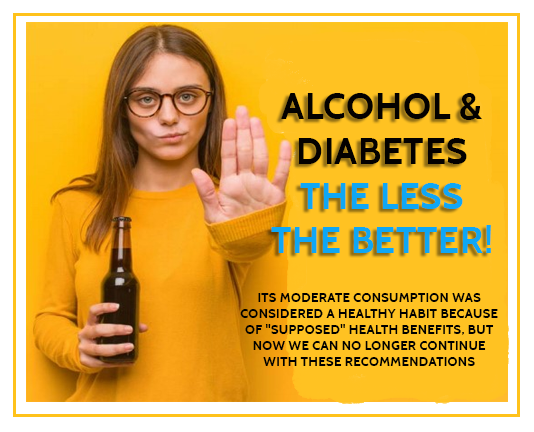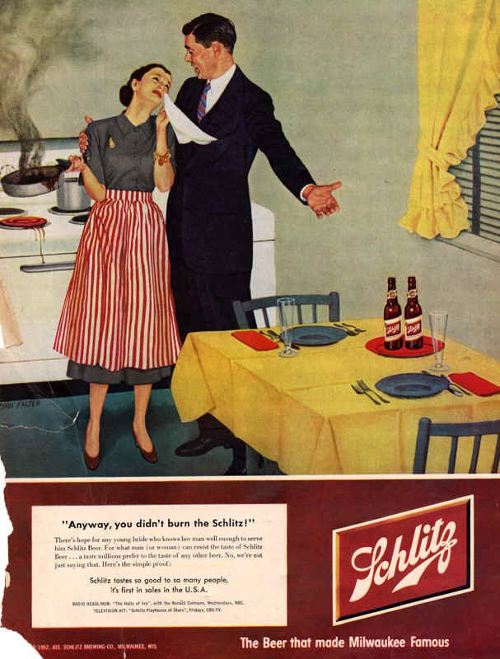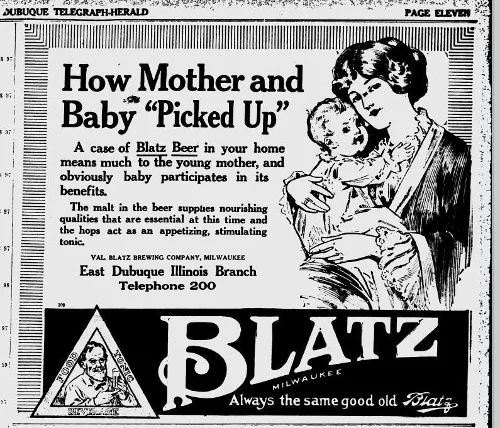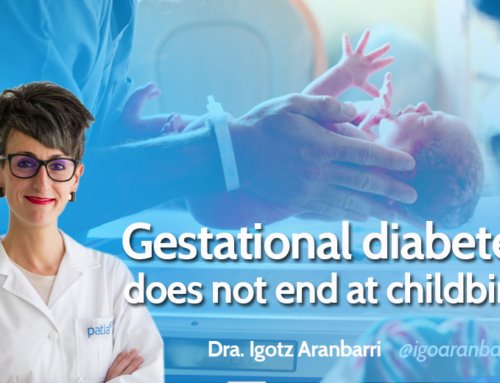Alcohol can´t fit into a helthy diet
Fortunately, nutritional recommendations have changed significantly over the last century. In spite of this, the population’s inertia towards the previous recommendations is enormous. If this is something negative, it is worse when such inertia is contrasted among not a few health professionals. As much as it has been proven that alcohol can´t fit into a healthy diet, defending the current evidence is more difficult than trying to stop a high-speed train manually.
In this context, it becomes very difficult to overcome the recommendations on alcohol consumption and its effect on health. Little by little, something has been achieved, but the truth is that any progress is several years away from consolidation, regardless of how strong the evidence is in your favor, which is already a lot.
Alcohol advertising
Seeing advertising not so long ago, we must recognize that some progress has been made in this direction.
- The advertising of different beers in which their use was recommended even in children for health reasons (no, it’s not a joke).
- “This ad from the 1950s shows a hopeless, pretty-perfect housewife holding a burning pan in one hand and a handkerchief in the other. She’s consoled by her breadwinner husband who gestures to a place setting where two Schlitz beers sit. “Anyway,” the husband tells her, “you didn’t burn the Schlitz!”
- “Blatz Beer, trumpets not only the medical qualities of Blatz beer—but how it’s good in breastmilk. It’s good for the motherand baby, it says. “A case of Blatz Beer in your home means much to the young mother, and obviously baby participates in its benefits,” the ad says.”
Health community and alcohol consumption
Sometimes the focus of some health professionals, and more specifically those in medicine, are biased by conflicts of interest. As it happens, they are the same authors of “scientific” papers that are funded by lobbyists with very specific interests in the alcoholic beverage industry.
Meanwhile, other health professionals take on these publications with little critical spirit, accepting what they find in these articles. And that is why, sometimes, their recommendations to patients are so little adjusted to reality.
The fact is that when independent studies are compared and, in short, the greatest scientific evidence is gathered regarding the recommendations for consumption (or not) of alcoholic beverages, the message is clear, unanimous, and undisputed:
“no doubt, no amount of alcohol can be in the healthy diet”
There is no such thing as “safe” alcohol intake
So much so that it is necessary to know that what has been mentioned as “safe consumption” of alcohol on the basis of “moderation” and “responsibility” no longer exists.
Today, when we talk about the use of alcoholic beverages, we refer to two types of consumption: high-risk or low-risk. There is, therefore, no safe consumption. More or less; alcoholic beverages always imply taking a risk.
Not only is this the case, but as announced a few weeks ago by our spain Ministry of Health. Based on the work of the health professionals of the Spanish Society of Family and Community Medicine has decided to reduce by half the level of alcohol consumption considered as “low risk”. It has gone from 40 g/day to 20 g/day in men, and from 24 g/day to 10 g/day in women.
Given this scenario, the average consumer should bear in mind that the image of any health professional who recommends the classic glass of wine at meals is as out of place as the habit of moving around in a stagecoach.
Alcohol and diabetes?
Well, the answer is the same, but with one exception. The fact is that, precisely in diabetes, the consumption of any amount, of any type, of alcoholic beverage should never be associated with health.
For this reason, the Foundation of the Spanish Society of Diabetes has recently published this monographic work focused on the history of the relationship between the consumption of alcoholic beverages and health… and more specifically with respect to diabetes.
With the unequivocal title “Alcohol in diabetes, the less the better” it is made clear to the group of patients and their families that the consumption of any amount or type of alcohol has not been related to the prevention of the appearance of diabetes, to the improvement in glycemic control or to the decrease in complications. However, negative effects of alcohol have been demonstrated, such as increased risk of diabetes and altered glucose controls in people already diagnosed.

On top of that
Moreover, in connection with the worrisome CORONAVIRUS pandemic it is emphasized that consumption of alcoholic beverages neither prevents infection nor kills the coronavirus. However, there is evidence that drinking does increase the risk of acute respiratory distress syndrome (ARDS), one of the most serious complications of ARVD19. In addition, the disinhibition associated with the consumption of alcoholic beverages could facilitate relaxation in terms of the safety measures needed in the current circumstances (mask, hand hygiene, safety distance …) and thus increase the risk of contagion and spread of the disease.
Latest posts by Juan Revenga Frauca (see all)
- Obesity recognized as a chronic disease - 13 October, 2021
- Who said you have to eat everything? - 7 October, 2021
- Diabetes and Alzheimer - 29 January, 2021











